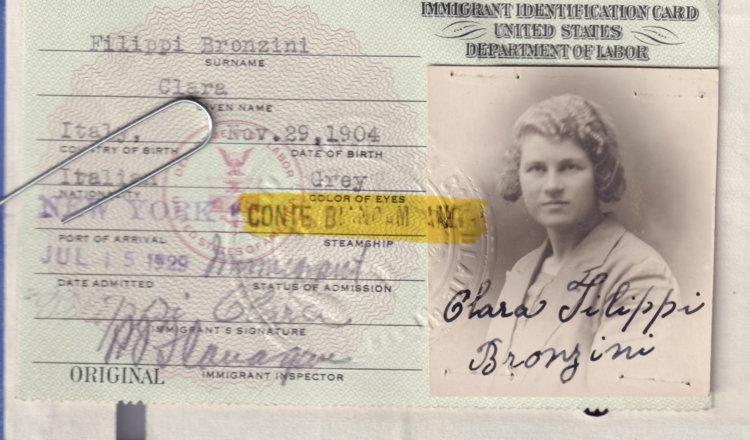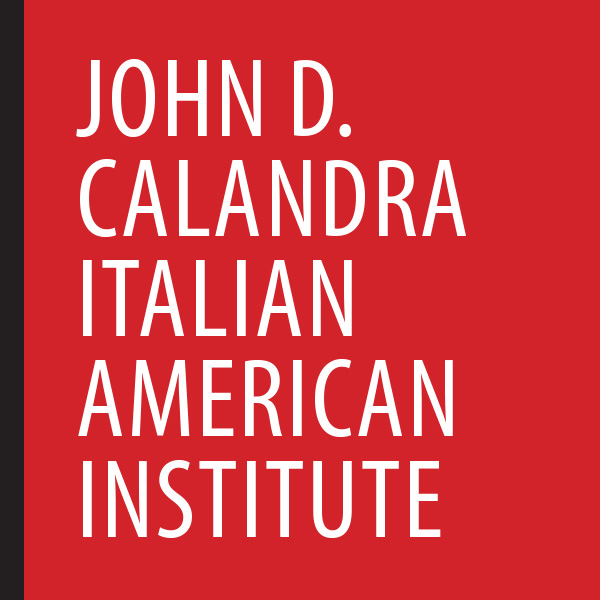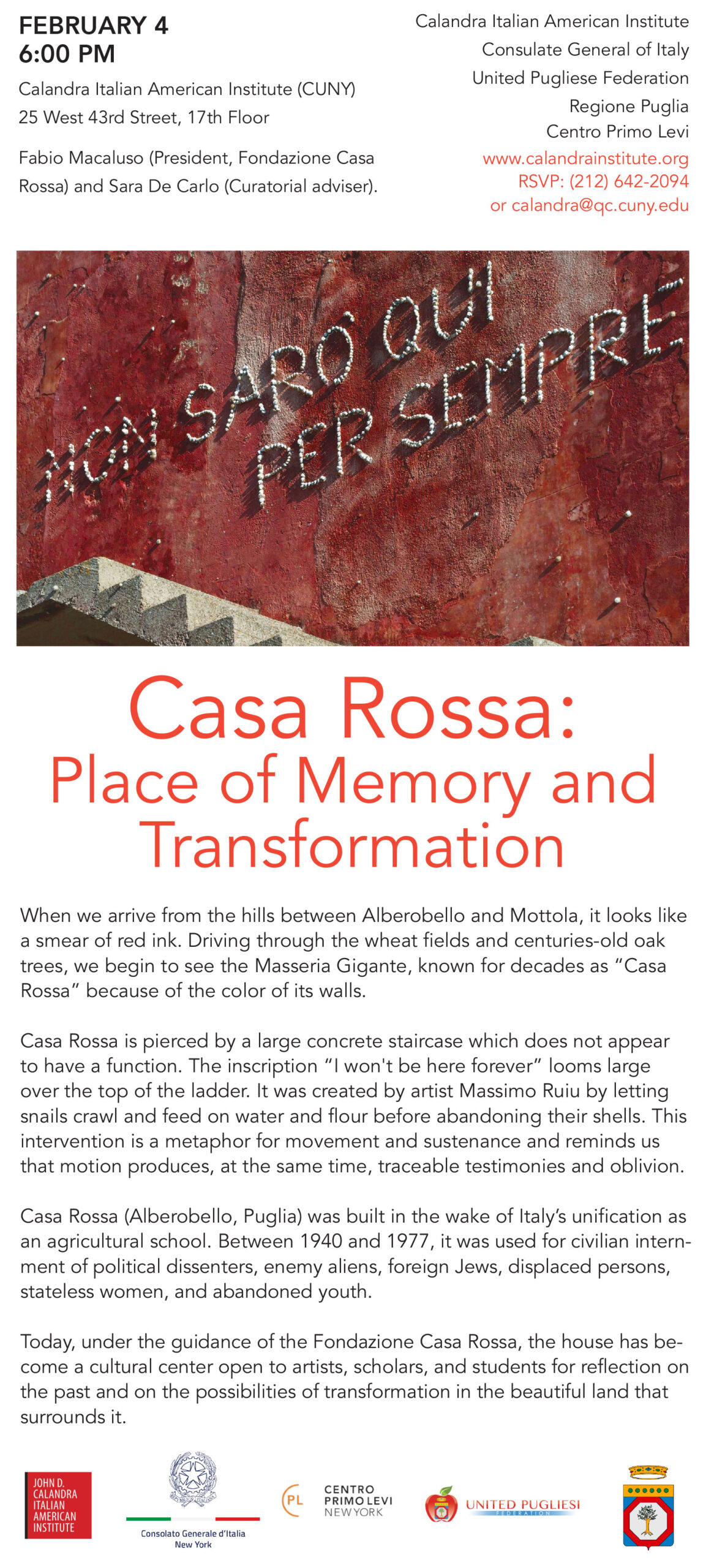
Laura E. Ruberto, Berkeley City College
This talk considers the material legacies of surveillance, restrictions, and imprisonment of different groups of people on US soil in the years leading up and during World War II: Italian resident “enemy aliens,” Italian non-resident “enemy aliens,” and Italian POWs. The differing ways Italians and Italian Americans were treated were not only influenced by political concerns but also by practices of xenophobia and racism, a point made especially clear in comparison to the experiences of Japanese Americans. Considering artifacts and sites from across the country, as well as cultural representations and oral histories, this talk reflects on how political pressure, cultural visibility, and an emerging position of whiteness helped build public acceptance of Italian Americans while shaping a contemporary position of victimhood.
In conjunction with the exhibition Creativity and World War II Italian POWs in the United States.

Wednesday, November 15, 2023, 6pm
Potentially Dangerous: When It Was a Crime to Be Italian (2021), 50 minutes
Zach Baliva, dir.
Potentially Dangerous presents the history of Italian immigrants interned and persecuted as America’s “enemy aliens” during World War II. The US government restricted the actions and freedoms of 600,000 Italian residents of the United States, many of whom were placed under curfew, banned from their workplaces, evacuated from their homes and communities, and even placed in internment camps. Many of these people had been in the United States for decades, had children born in their adopted country, and had sons serving in the US military. Interned Italians were not charged with a crime or allowed legal representation. They were subjected to “loyalty hearings” and held for the duration of the war. The United States government considered them “potentially dangerous” based on where they had been born. Potentially Dangerous offers the people affected by these policies a chance to give voice to their experiences and those of their families.



